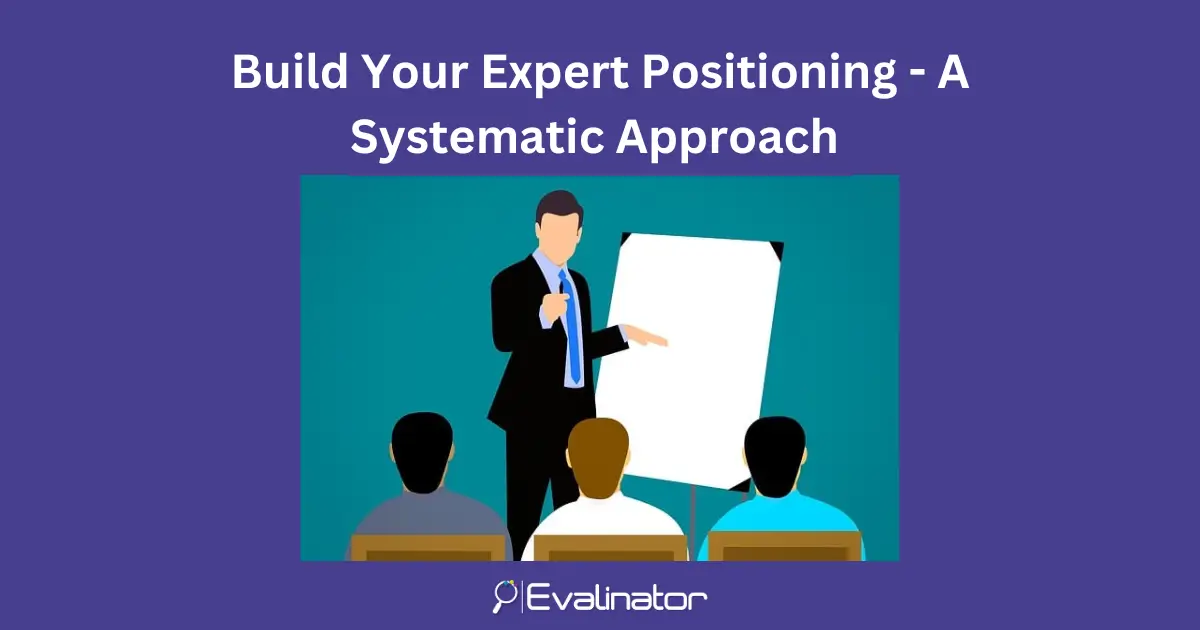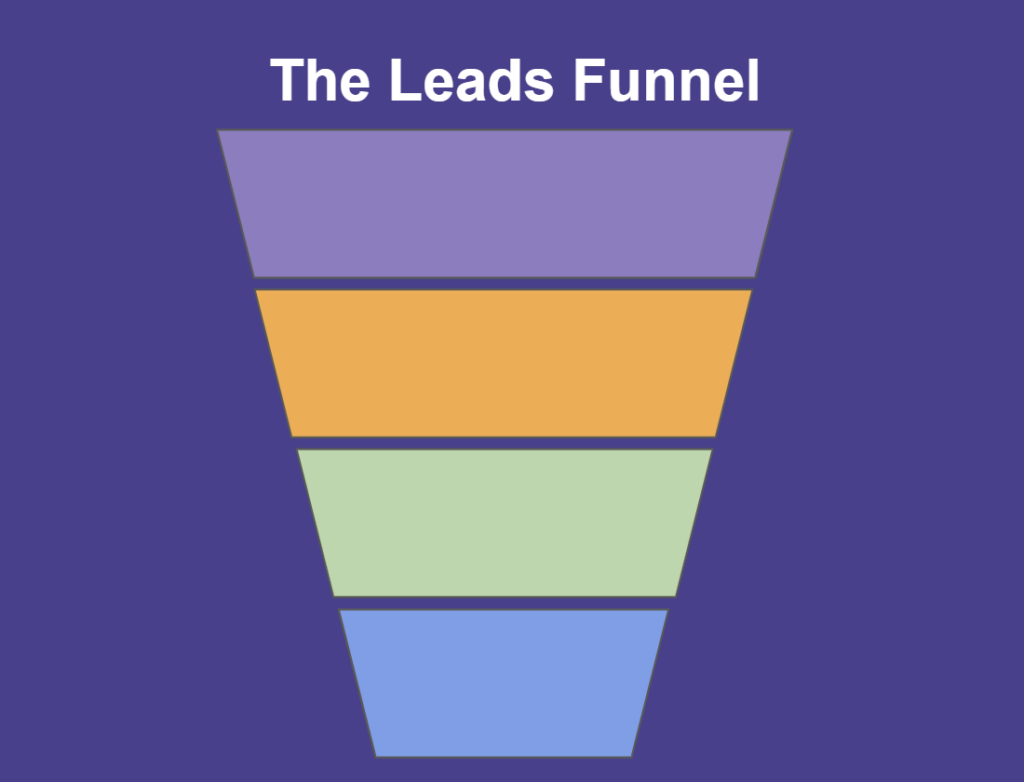


Creating a trusted expert positioning is making sure you’re known for helping your clients decide what is right for them.
This is very different from simply selling your products and services. An expert sells what is right for the customer and creates a successful long term relationship.
First let’s understand how influence works and then read about the 3 ways you can unlock your insights and expertise to create an expert positioning.
As you build your brand as a coach or consultant, it helps to know the three main types of visibility:
Paid Media – This is exposure you pay for, such as ads on Google, Facebook, or LinkedIn. It gives you reach quickly, but it stops as soon as you stop spending. Example: running a LinkedIn ad to promote your new leadership assessment.
Owned Media – This is content you create and control, such as your website, blog, email list, or assessments built with Evalinator. It’s your home base, and it keeps working for you over time. Example: publishing a “Wheel of Life” assessment on your website to attract leads.
Earned Media – This is visibility you earn when others talk about you, like word-of-mouth, testimonials, referrals, or being featured in articles and podcasts. It’s powerful because it carries credibility. Example: clients sharing their progress from your Evalinator assessment on LinkedIn.
A strong brand strategy blends all three: use paid media to boost reach, owned media to build trust, and earned media to amplify your reputation.
So here are the 3 things you should be doing.
Your insights need an audience.
One of the areas that most experts struggle with is getting their insights out there.
Sharing on LinkedIn and X is good but not enough because there is too much noise.
So you need to appear in places where the bar is set slightly higher, aka, where you are being recognized or platformed on channels which you do not own or pay for. That’s Earned Media.
If you follow an anchor theme approach using a maturity assessment, and follow these 3 visibility tips, you will be on your way to building your expert positioning in no time.
It’s surprising that a large number of experts do not actively reach out to build a solid network. They are content with sharing their insights and reading insights from other experts, but they don’t actively reach out.
This could be because you are busy or simply because you have what is called an expert syndrome. The syndrome means that you “think” you’re not good enough, and will be exposed.
In the case of most experts, nothing could be further than the truth. You must reach out and determine that yourself. Chances are that once you start interacting with other experts, you’ll find that they share the same insights you do, and you indeed bring a fresh perspective to the discussion.
The first wave of experts to reach out to are the experts from your partner organizations. For example,
The second wave would be to reach out to independent speakers and analysts who are conducting primary research.
A common challenge most experts face is the dreaded writer’s block. Although they have a lot to share, trying to write a post becomes challenging because there is so much to share! In these cases, experts should adopt what is called as an anchor theme approach.
Say for example that your subject matter is organizational change management. There are so many different aspects of this topic that writing a single post on one sub-area is not easy. Your mind tries to link multiple topics together and the blog post starts looking like a mini e-book.
In this case, the right approach is to think of it in terms of a maturity or expert assessment on this topic:
This anchor theme approach can be applied to any area – life coaching, burnout, cybersecurity, digital transformation, analytics, DevOps, operations, pricing, leadership, HR and so on.
An added benefit of this authority marketing approach is that your expertise becomes actionable. You can use Evalinator to create your maturity assessment, and share it with your audience. They get immediate value, your expertise gets noticed, and you get more data to build your insights with.
In addition, an expert must have an anchor online presence where others can go look them up – credentials, testimonials, contact forms, downloads etc. For many experts, their LinkedIn, medium, X, or Substack profile is a central place from where interested people can be directed to other places.
However, your own website is also important – or a section on your company’s website – e.g. where they write their blogs and share insights. These insights can be shared on other channels, but your website is where you live.
Building an expert positioning takes a bit of systematic execution.
But it’s not hard. The first step is – decide to initiate it. Then the momentum will fuel itself as you make progress.
Start by creating a maturity assessment right on Evalinator with a no-risk, 2 week trial We’re here to help.

Feeling frustrated with lead generation?
Take this free, 5-minute quiz and get more prospects into your leads funnel.
Instant Results. Actionable recommendations. Email required.
Find Your Score >>